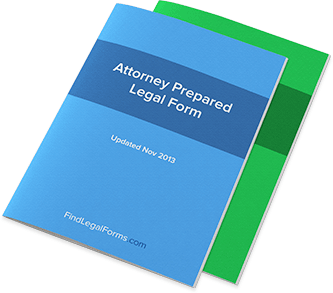Personal Checklist for New Loan Assumption
Taking out a mortgage loan is a serious thing – it means that you’re making a 15 or even 30 year commitment to a bank and promising to pay them an extraordinary amount of money over that time period. And yet many people not only find that this commitment suits them, but they are actually willing to assume a loan’s debt and payments as part of a property acquisition. If you find yourself thinking about a loan assumption, you had better be sure it’s the right decision.
But how can you be sure? Well, you don’t pack for vacation without at least having a mental checklist of everything you need to bring. Similarly, it’s not a good idea to assume a loan unless you’ve got a checklist prepared beforehand. Here are some of the items you might want to make sure are actually included in that checklist:
- An agreeable interest rate. One of the reasons some people are willing to assume a loan is because the loan was made at a time when interest rates were lower – in essence, they can acquire a mortgage on a house for better payments. This is generally good during specific economic times – i.e. when mortgage rates are higher. Generally, a low market interest rate means that you’ll hear about fewer and fewer loan assumptions. But no matter what the economic climate suggests, you need to make sure that the interest rate is something that you’ll be able to pay off. The better the interest rate, the better your reason for getting into the mortgage in the first place.
- Know what the balance on the loan says about your prospects.Of course, a major remaining balance on the loan will mean that you’re taking on a larger and larger commitment – not only of time but of money as the interest accrues over the years. If you don’t understand how the balance remaining on a mortgage will affect the loan you’re considering assuming, then you don’t want to pull the trigger. You absolutely have to know the impact that the balance remaining on the mortgage will have on the entire loan itself. The older the loan, the more you’re going to have to pay off, of course – but also the more interest will accrue on the account. You need to be fully aware of all liabilities before you assume a new loan.
- Know why the other party’s getting out of the loan. Sure, some people are getting out of loans simply because they’re in dire straits and they’d otherwise love to stay in. But if someone else is abandoning a loan, you need to ask yourself why – and if that reason might also apply to you once you acquire the loan. Are there hidden dangers with the property itself? Is it a money pit in some way? Does it need additional investment beyond the loan assumption? The more you know, the better you’ll be able to arm yourself against any obstacles that come your way.

